Why an American Hijab-Wearing Olympian Is Good for the Jews

American Olympic fencer Ibtihaj Muhammad on July 7, 2016 in New York City. Image by Getty Images

American Olympic fencer Ibtihaj Muhammad on August 4, 2016 in Rio de Janeiro, Brazil. Image by Getty Images
Arguably, the largest international stage in the world is the Olympics. So it’s no great surprise that this week’s choice by Ibtihaj Muhammad, a young Muslim-American fencer, to wear a hijab during competition has come under intense scrutiny.
In part, this is because the images of Islam in the media over the past year, and since 9/11 – have been overwhelmingly negative. The hijab, for many, has come to represent a frightening breed of Muslim extremism and to be associated with organizations like ISIS and Al-Qaeda that sponsor Islamic terrorism.
Of course, that’s not what the hijab represents for those who choose to wear it. Rather, as for Orthodox Jewish women who choose to cover their hair with a scarf or a wig, called a sheitel, wearing a hijab is about female modesty, and an outward symbol of one’s commitment to one’s faith tradition.
And whether you agree with the wearing of the hijab or a headscarf in daily life the argument against it during the Olympics is driven not by concerns about sexism in religion but by xenophobia.
Legislating religious expression and garb in the public arena is almost always grounded in bigotry — the fear of the conspicuous other. It’s never really the hijab, sheitel, kippah or tallit that’s at stake.
France notoriously did it by passing a ban on face covering in 2010.
It’s about about accepting and embracing visible differences rather than coercing and insisting on homogeneity. It’s about pushing back against the assumption that we should all look or act or believe the same, so as not to make those who think or act or look differently uncomfortable.
And so, for all members minority religious communities, and especially Jews who have been persecuted for centuries for looking and acting different, the wearing of a hijab on an international stage is critically important.
Muhammad is an outspoken, passionate woman, and whether you agree with her political views or not (I happen to disagree with criticism of Israel), her act of wearing the hijab at the Olympics furthers the cause of religious freedom for all.
For the Muslim community, it’s a tremendous opportunity to give young Muslim-American girls a positive role model.
For Jews, it’s about changing the definition of what an athlete might look like — he may wear a kippah, or tzitzit, she may wear a sheitel or cover her arms and legs while competing.
And for all of us, whether we wear religious symbols publicly or not, it’s about not just tolerating – but accepting and celebrating – our differences. If the Olympics is about anything at all, it is precisely that.

Ibtihaj Muhammad (in white headscarf) with U.S. Olympic athletes on August 5, 2016 in Rio de Janeiro, Brazil. Image by Getty Images
Rabbi Jordie Gerson works as a full-time Rabbi for Adventure Rabbi in Boulder, Colorado. She is an accomplished writer and speaker with a blog at the Huffington Post religion. Follow her on Facebook
The Forward is free to read, but it isn’t free to produce
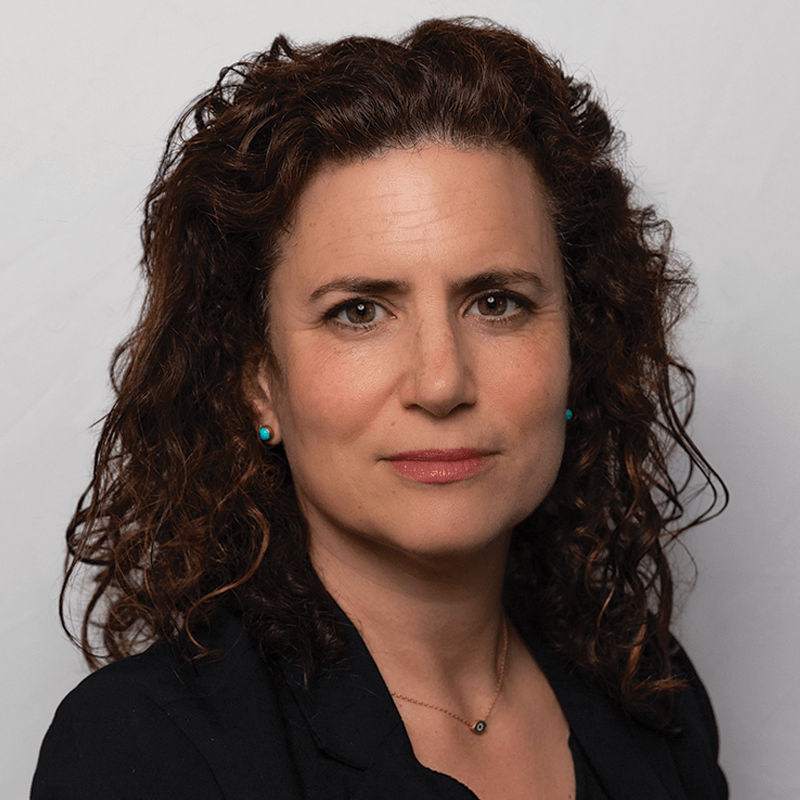
I hope you appreciated this article. Before you go, I’d like to ask you to please support the Forward.
Now more than ever, American Jews need independent news they can trust, with reporting driven by truth, not ideology. We serve you, not any ideological agenda.
At a time when other newsrooms are closing or cutting back, the Forward has removed its paywall and invested additional resources to report on the ground from Israel and around the U.S. on the impact of the war, rising antisemitism and polarized discourse.
This is a great time to support independent Jewish journalism you rely on. Make a gift today!
— Rachel Fishman Feddersen, Publisher and CEO
Support our mission to tell the Jewish story fully and fairly.
Most Popular
- 1
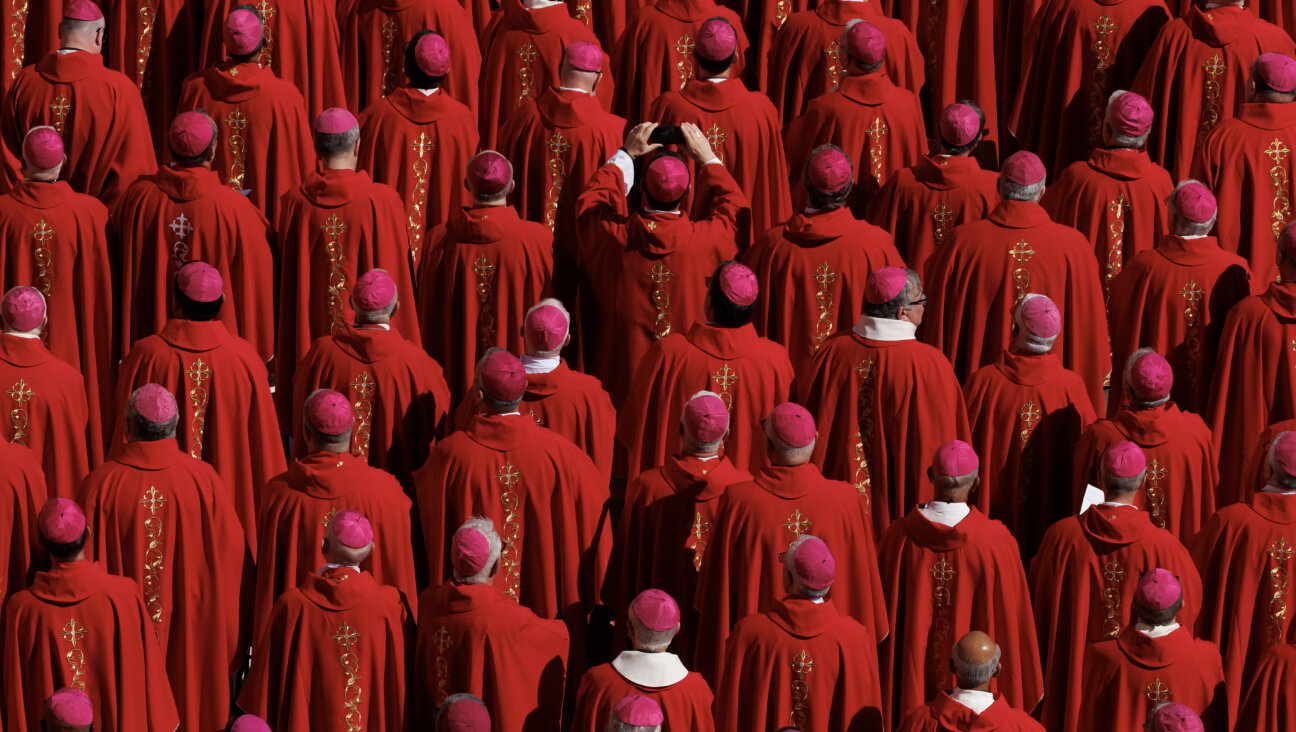
Culture Cardinals are Catholic, not Jewish — so why do they all wear yarmulkes?
- 2

News School Israel trip turns ‘terrifying’ for LA students attacked by Israeli teens
- 3

Fast Forward Ye debuts ‘Heil Hitler’ music video that includes a sample of a Hitler speech
- 4

Fast Forward Student suspended for ‘F— the Jews’ video defends himself on antisemitic podcast
In Case You Missed It
-
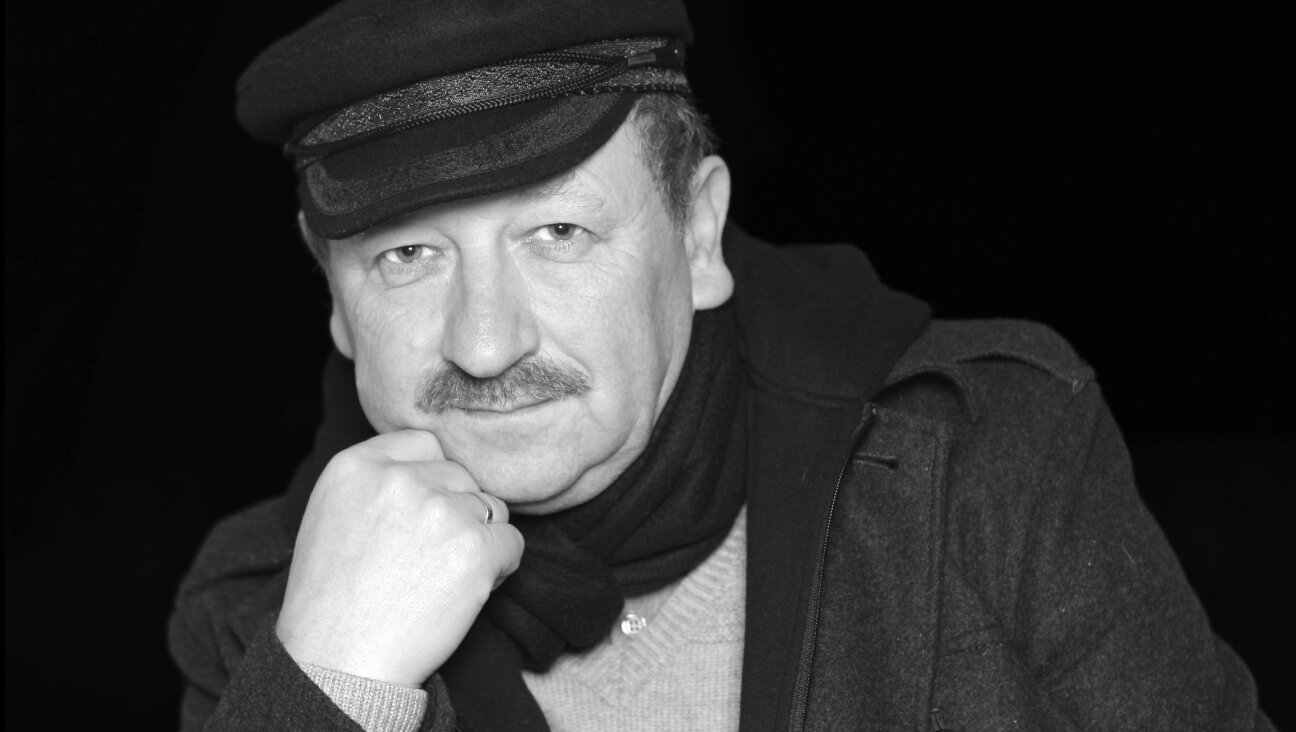
Yiddish קאָנצערט לכּבֿוד דעם ייִדישן שרײַבער און רעדאַקטאָר באָריס סאַנדלערConcert honoring Yiddish writer and editor Boris Sandler
דער בעל־שׂימחה האָט יאָרן לאַנג געדינט ווי דער רעדאַקטאָר פֿונעם ייִדישן פֿאָרווערטס.
-
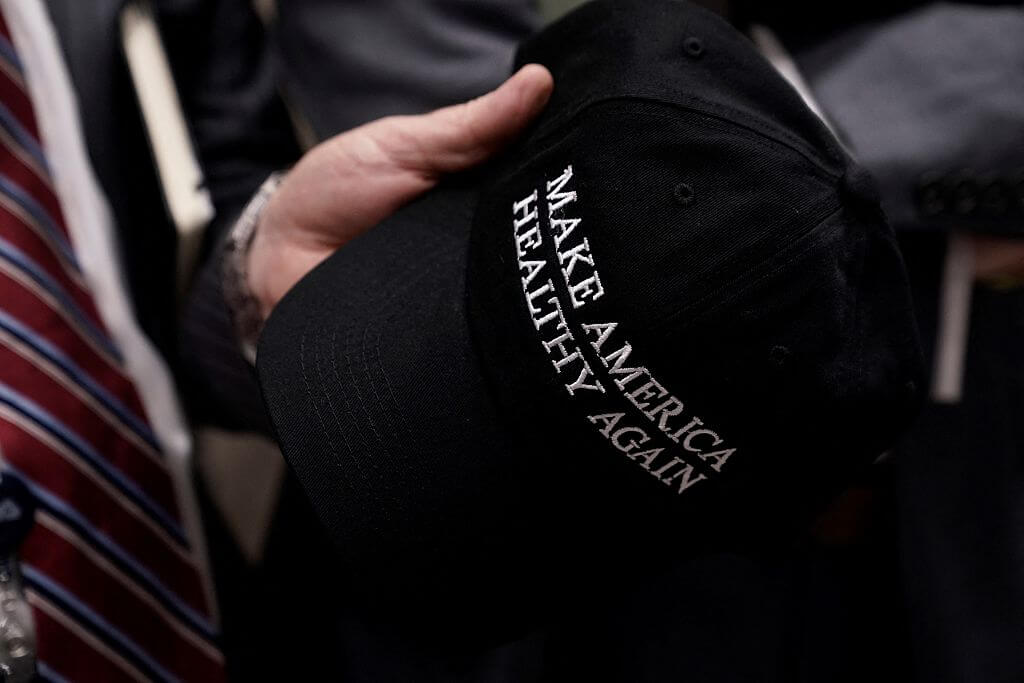
Fast Forward Trump’s new pick for surgeon general blames the Nazis for pesticides on our food
-
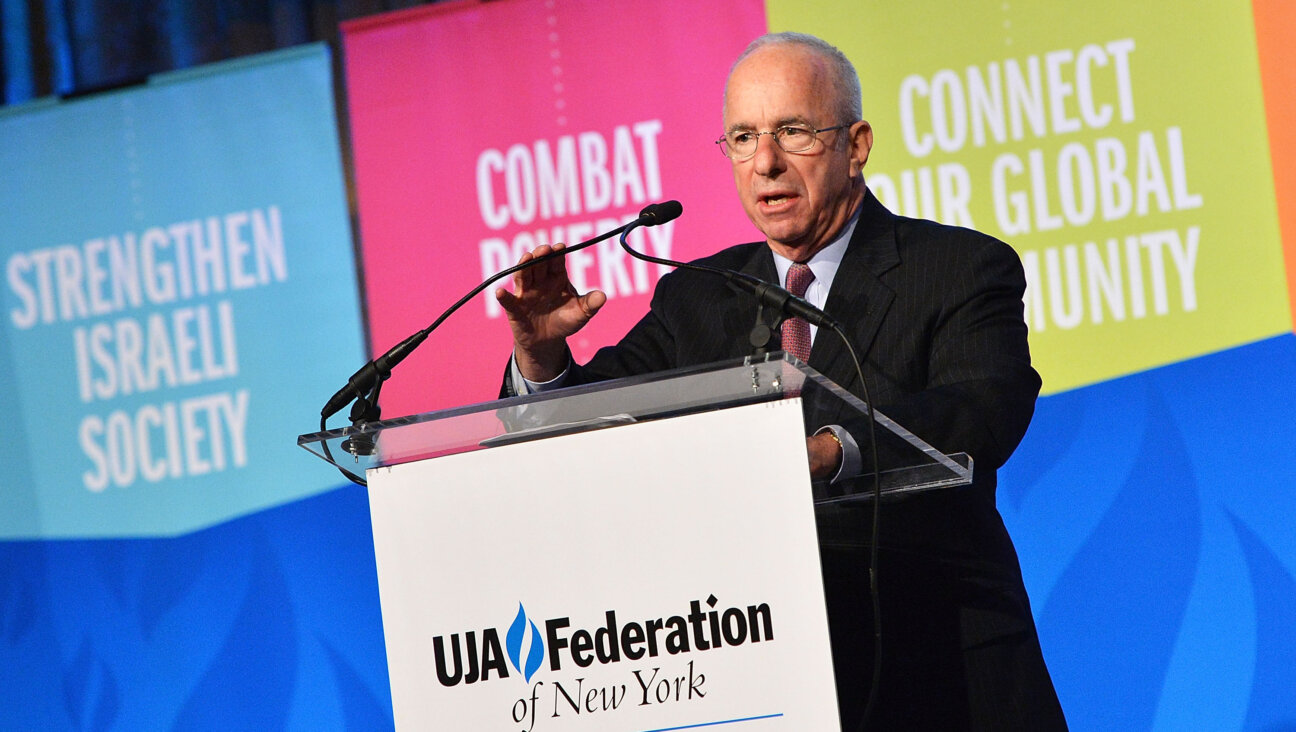
Fast Forward Jewish feud over Trump escalates with open letter in The New York Times
-
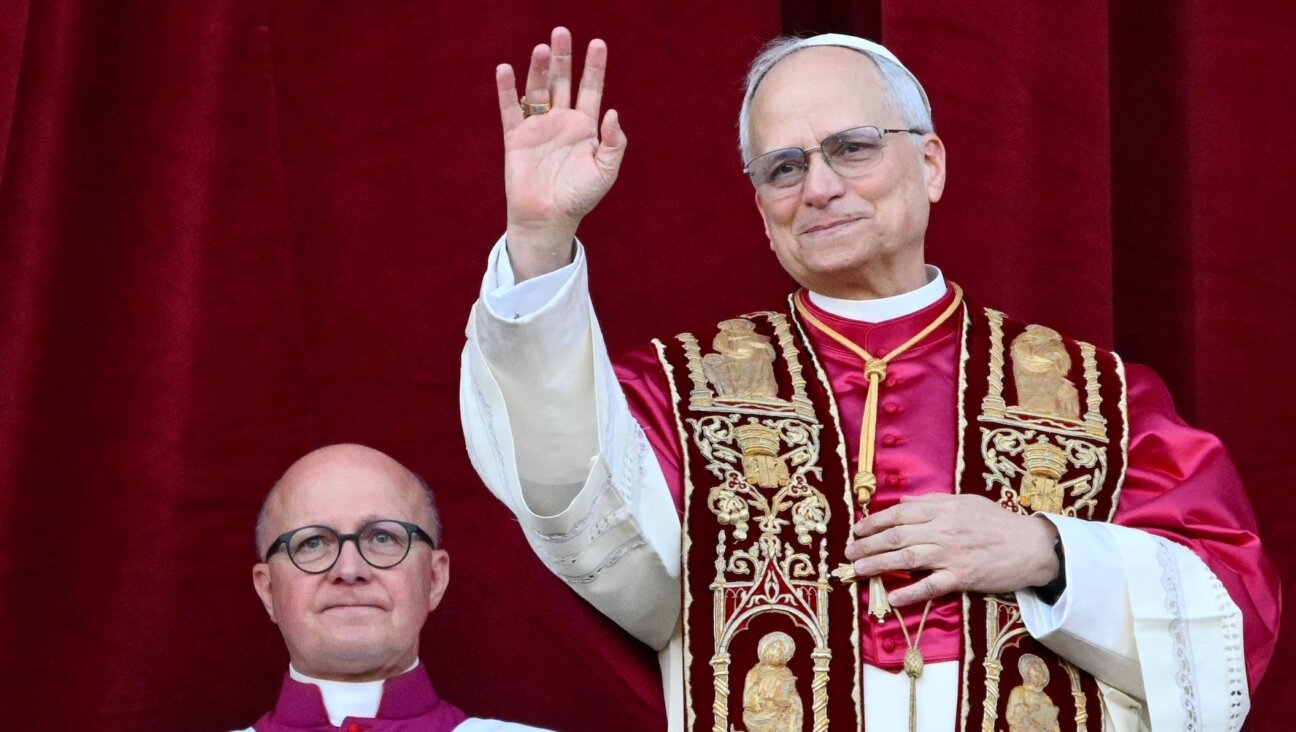
Fast Forward First American pope, Leo XIV, studied under a leader in Jewish-Catholic relations
-
Shop the Forward Store
100% of profits support our journalism
Republish This Story
Please read before republishing
We’re happy to make this story available to republish for free, unless it originated with JTA, Haaretz or another publication (as indicated on the article) and as long as you follow our guidelines.
You must comply with the following:
- Credit the Forward
- Retain our pixel
- Preserve our canonical link in Google search
- Add a noindex tag in Google search
See our full guidelines for more information, and this guide for detail about canonical URLs.
To republish, copy the HTML by clicking on the yellow button to the right; it includes our tracking pixel, all paragraph styles and hyperlinks, the author byline and credit to the Forward. It does not include images; to avoid copyright violations, you must add them manually, following our guidelines. Please email us at [email protected], subject line “republish,” with any questions or to let us know what stories you’re picking up.















